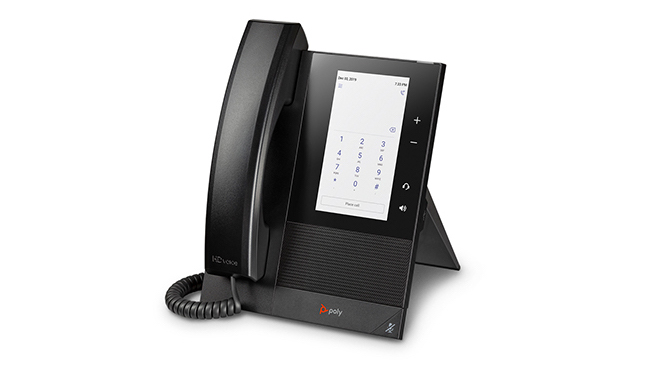We recently attended the 2020 Gamma Communications Roadshow at Stamford Bridge – hearing the latest business telecoms and technology trends from across the UK. But what do businesses need to be aware of?
Clock Ticking for ISDN
BT will officially turn off all ISDN services by 2025, with the ‘stop-sell’ order coming as early as 2023.
With UK businesses just getting used to putting ‘2020’ on paperwork, this is no longer a drill – if your phone system uses ISDN, your business needs to begin preparing to switch to a digital services such as SIP or better still, a hosted VOIP platform.
There are perhaps as many as 1.5 million ISDN channels still in use by businesses across the UK. Gulp.
Ultrafast Fibre Rollout Gathers Pace
Superfast broadband (‘Fibre to the Cabinet’ or FTTC) prices are falling all the time, but the big story of the decade is likely to be the steady roll-out of ultrafast ‘Fibre to the Premise’ to many more businesses – to around 40% availability over the next few years.
Salisbury is the first single-year rollout ‘test’ area trialling complete fibre infrastructure (booking a new copper line in the Salisbury area is likely to be rejected).
Interested in fibre for your area? Perhaps you should speak to your friendly neighbourhood IT provider…
Not all 5G is born equal
We’ve known for a while how the smallest of the UK’s four mobile networks (Three Mobile) is arguably in the best position to deliver data, although it’s now becoming clear Three has an enviable technical advantage over some of the other major providers – and is even using the cheeky marketing slogan: ‘If it’s Not Three, It’s Not Real 5G’.
The reserved spectrum range favours Three to such an extent that EE/BT, O2 and Vodafone have all submitted strongly worded complaints over preferential access. Gulp.
Microsoft Teams Telecoms Emerges
Among Gamma’s most exciting news was the announcement of a Direct Call Routing service for Microsoft Teams – which effectively plugs into the back of Teams and Microsoft’s ‘Phone System’ PBX add-on, to turn your Microsoft Teams software into a fully fledged business phone system.
Until now Microsoft’s Teams platform has been a strong option for video/audio conferencing, screenshare, instant messaging and collaboration – but have always lacked the more robust business call-handling feature-set of true phone systems, or suffered from a shortage of physical handsets. With both of those challenges solved by Gamma and the Teams app available on a variety of devices, it’s easy to imagine Teams phones appearing on desks.
Direct Routing for Teams is expected from April 2020. The final pricing is likely to be somewhere in the region of between £15-25 a month per user (including Microsoft Office licensing) – finally unifying telecoms under the same single user account as Microsoft Office 365 hosted email, files storage, office apps and collaboration software. Watch this space.
For communications services and expertise, please contact our team today.


